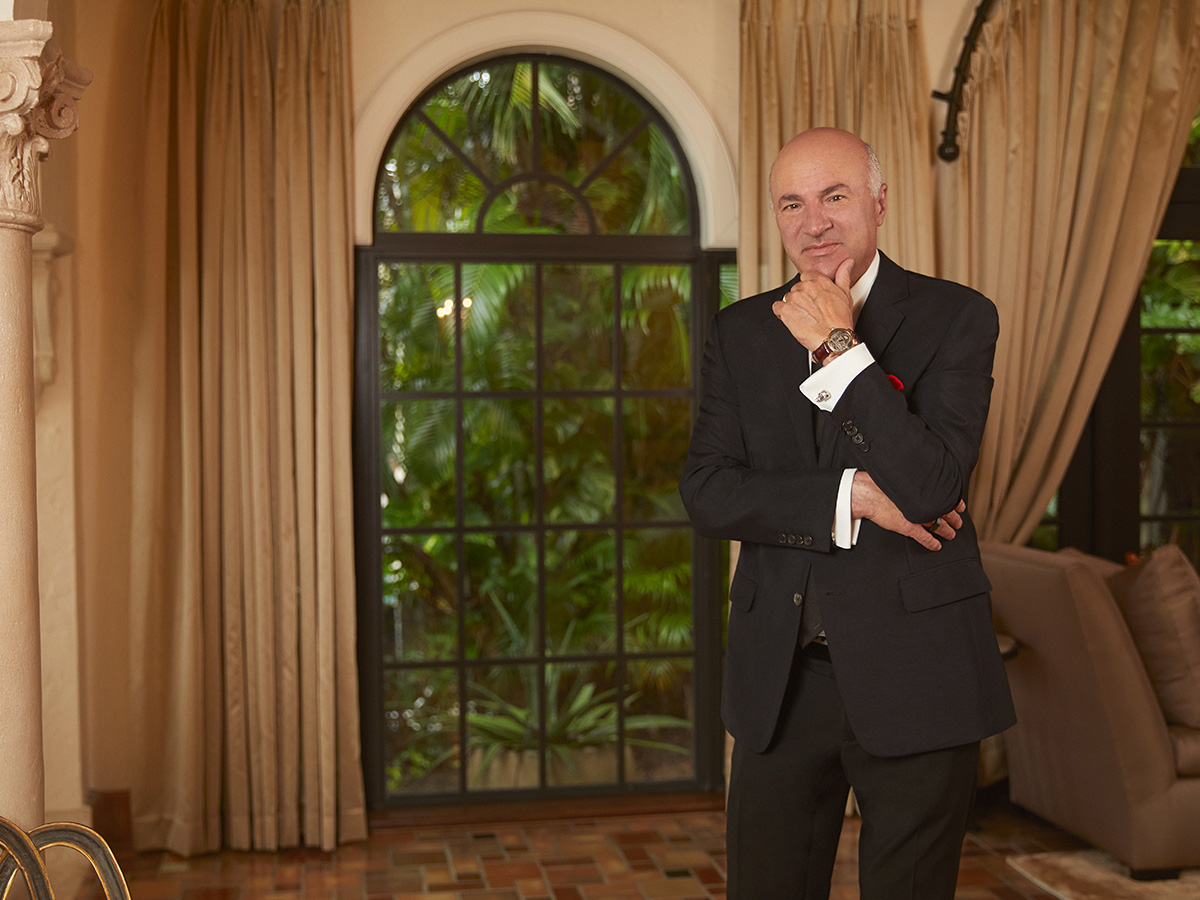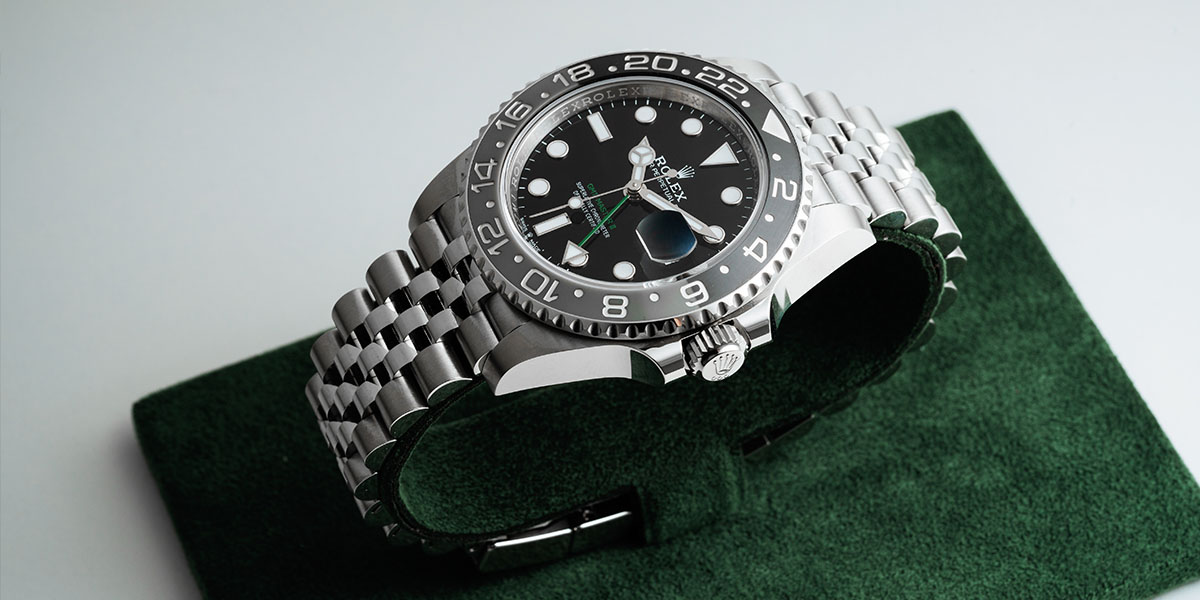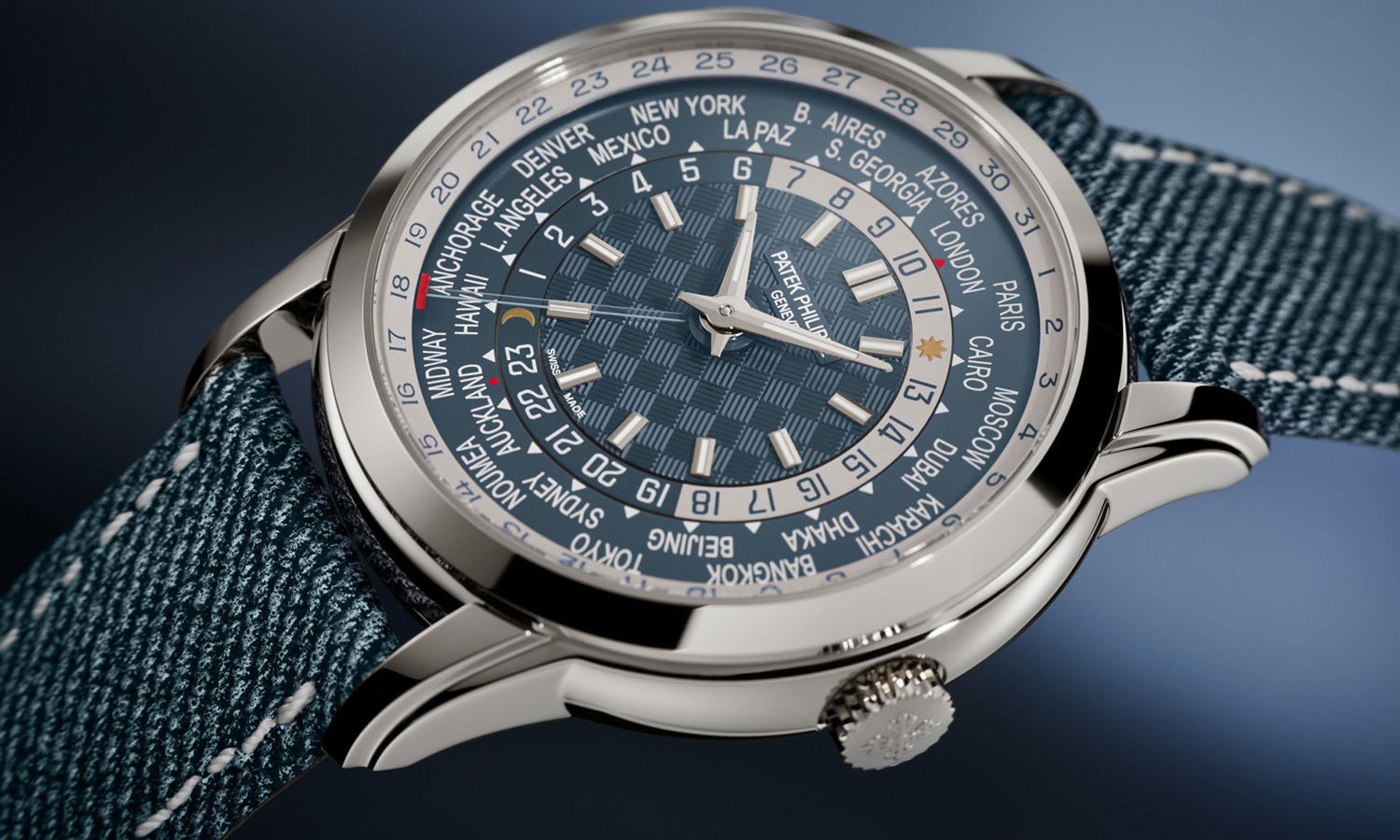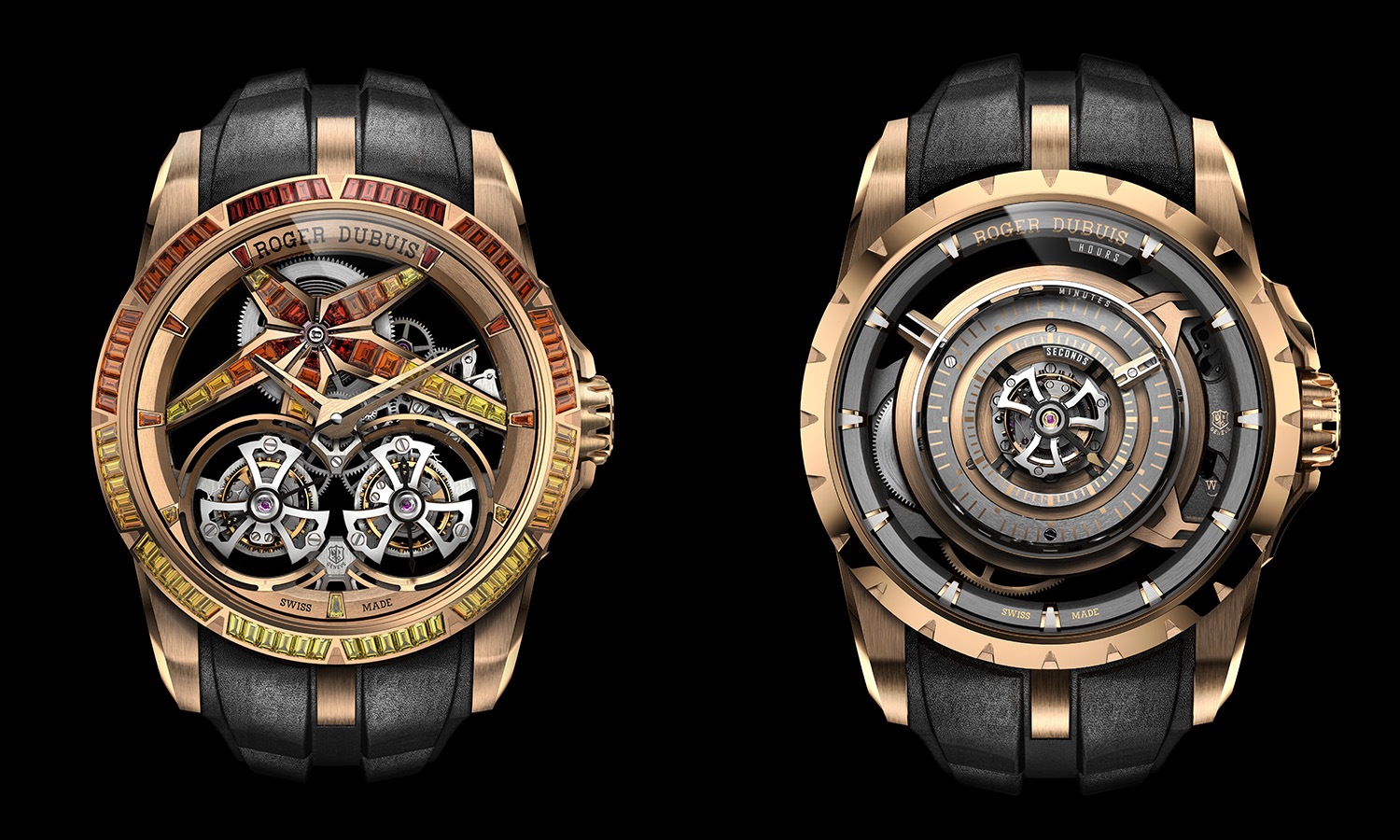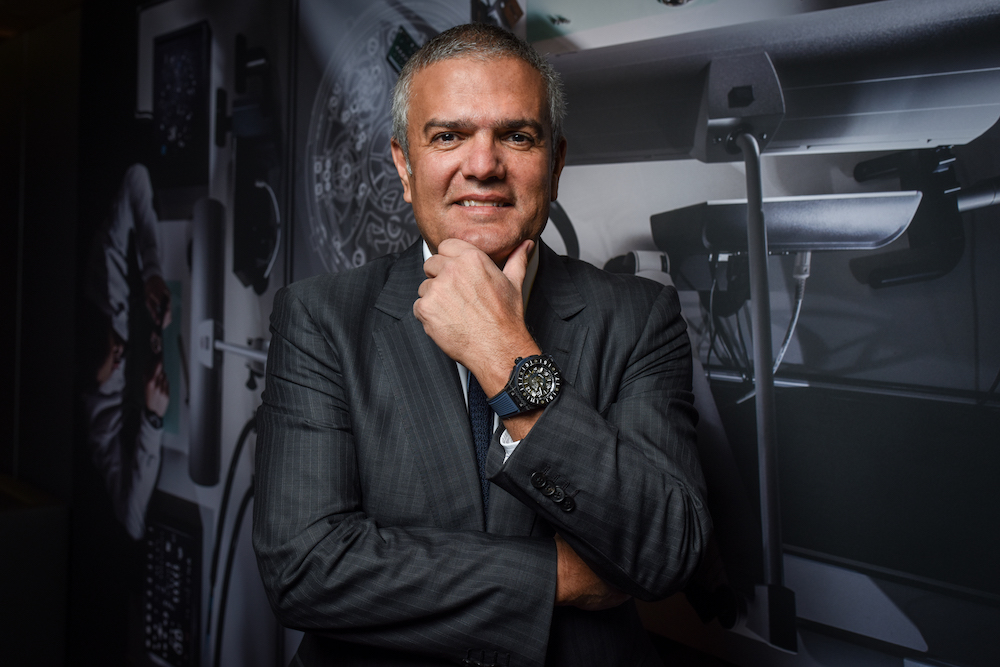
Haute Time Talks About Success Factors With Hublot CEO Ricardo Guadalupe
What has been only a short few weeks looks almost like another lifetime, when we were able to sit down with Ricardo Guadalupe, CEO of Hublot, to talk about the success factors of the brand. At the time, increased tensions between Iran and other parties in the region seemed to be the biggest fear, but little did we know that soon the Covid-19 pandemic would rule our daily lives and made the LVMH Watch Week the only fair that has taken place so far this year. Nevertheless, it was a more than an interesting conversation in which he shared freely his insights in what makes Hublot such a success story.
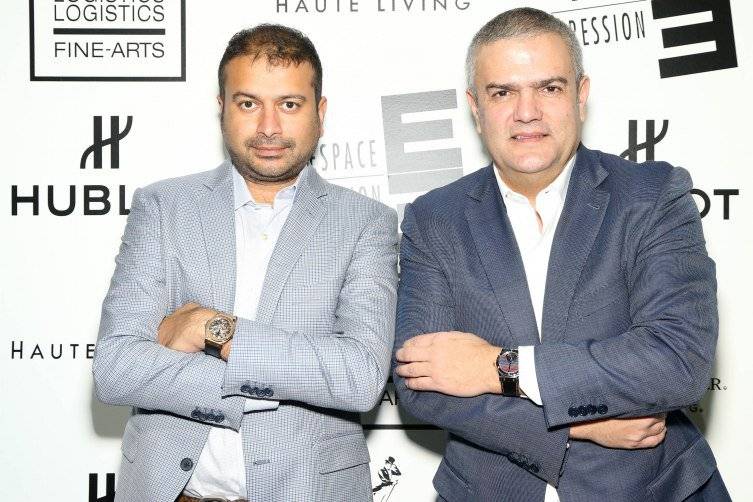
HT: Hublot is one of the brands that really excels at doing partnerships. What is your key to success in that?
RG: It’s really about choosing a partnership that has not been explored by other brands. The idea is to always be the first to be unique or different in our partnerships. Football, or soccer, is a good example as we have been the first luxury watch brand to enter this sport in 2008, and this has allowed us to have incredible brand awareness. This thanks to the World Cup, but also the Euro Cup and the Champion League. With Ferrari, we have tried to do differently, because other brands have done partnerships with Ferrari before, but we have decided to do it in a different way. Now we’ve been with Ferrari eight years, and we have proven that you can have a successful partnership with a watch brand and Ferrari. I think we have been one of the first, if not the first, to explore art. Not only sculpture art with Richard Orlinski, but also tattoo art. We are trying to go into golf, but in this sport, we are not the first brand to do it, but we have tried to do it in a different way. The fact is that we’re always applying this philosophy to have a different approach. A disruptive approach makes us having been able to be different in our partnerships.
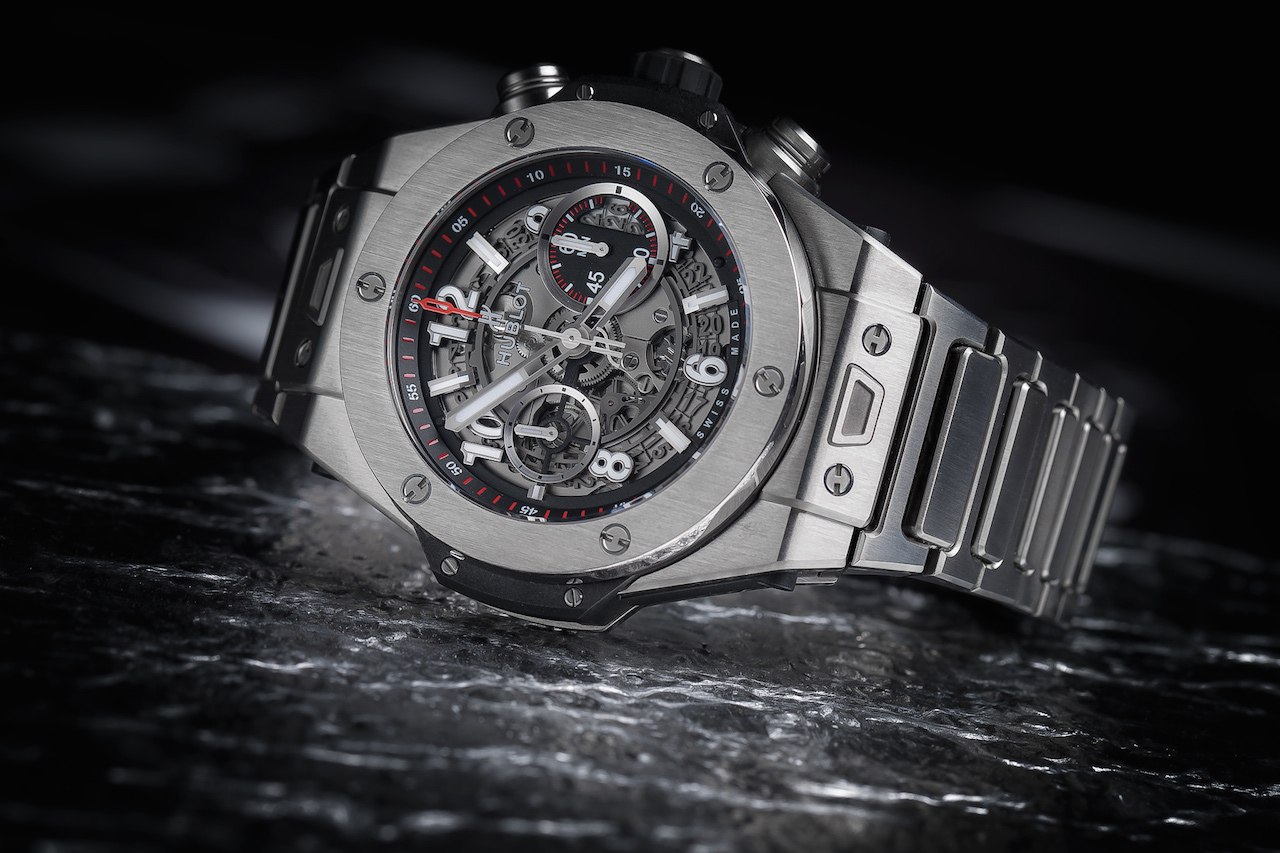
HT: And as CEO of Hublot, what do you consider the most challenging part of your job?
RG: To build a really integrated manufacture is the most challenging part at Hublot. It is not easy to create your own movement, like the Unico movement, or to have your own materials, like the colored ceramics and the sapphire, and create them all up to a certain standard. The quality is, of course, essential. If we produce a movement that stops or has issues in precision, that can be a big issue. These are really the challenges that you face with having a manufacture. We’re growing and growing in verticalization. Today we’re at 30% watches with our own movement, tomorrow we’re going to be at 70%, and it’s a huge challenge to be able to reach that objective.
HT: So, that’s also your goal? 70% own movements?
RG: Yes, but, of course, it cannot be from one day to another. So now we are planning to build a third building to be able to, not to increase our quantity of watches but also quantities of our integrated in-house movements. On the material side, like with the ceramics, and the sapphire, you deal with sophisticated processes that require a lot of technology as well.
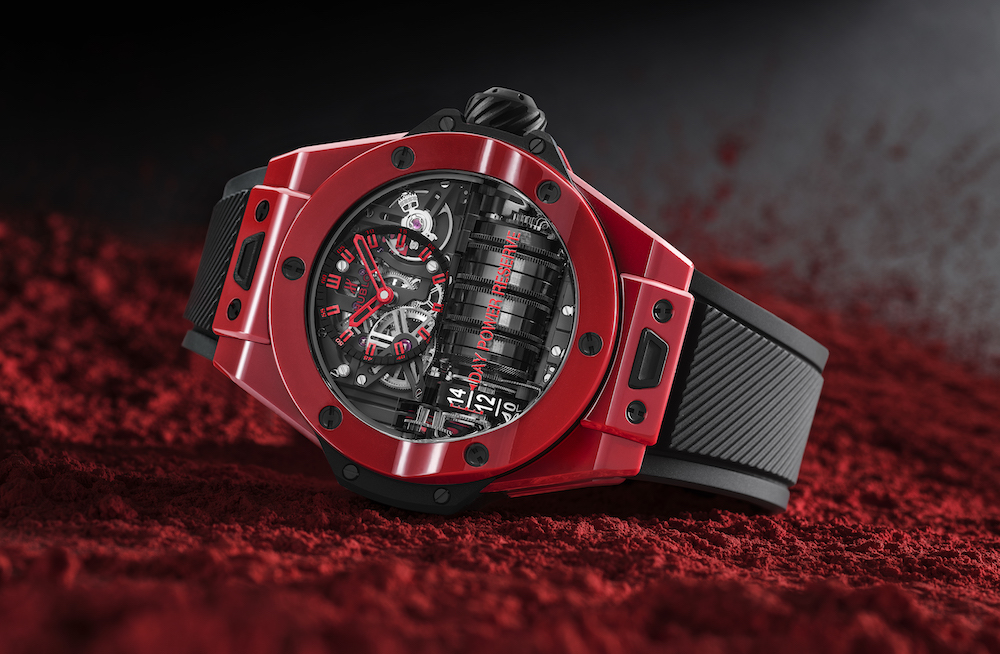
HT: You can work on innovation, but you can never really predict when it’s going to be available, and when it’s good enough to produce it in larger quantities. How do you manage that innovation?
RG: We invest a lot in research and development. We have like a hundred projects currently going on in research and development. Some are on materials, some others are on the movements, but we also have projects focusing on design. As we always have new projects, at a certain point, projects are ready every year more or less so we can plan to introduce them as novelties. I sometimes also had to decide unfortunately to stop certain projects because it became clear that they were not feasible. Sometimes you cannot industrialize the concept, or you cannot do it at the right cost or get the right quality. It’s a continuing process of innovation in those different segments that I just mentioned. We work a lot with colored ceramics. We have come up with a red ceramic, which took us five years to develop. So there are always a lot of projects going on, and although some can be postponed, innovation is very key to the success of the brand.
HT: I noticed that with some innovations, you’re so good that other brands just gave up on it, like the sapphire cases. Other brands tried it as well, but then you did it and started with colors, and now we don’t see many other sapphire watches by different brands anymore.
RG: Yeah, it’s really difficult. It’s a big investment, so you have to be a brand with a certain financial power because we are talking about millions of investments. If you are a brand that sells $20 million of watches a year, to invest 2-3 million is impossible. We know that from when we started with Hublot because we were doing $25 million in 2004. To develop a movement even at that time, we couldn’t do it, because it was too much of an investment. So, step by step, that’s why building the manufacture is important. With sapphire, we decided to really take the risk, invest the necessary amounts in improving the manufacturing process and be able to produce not one watch or 10 watches, or 20 watches, but hundreds of watches with sapphire cases.
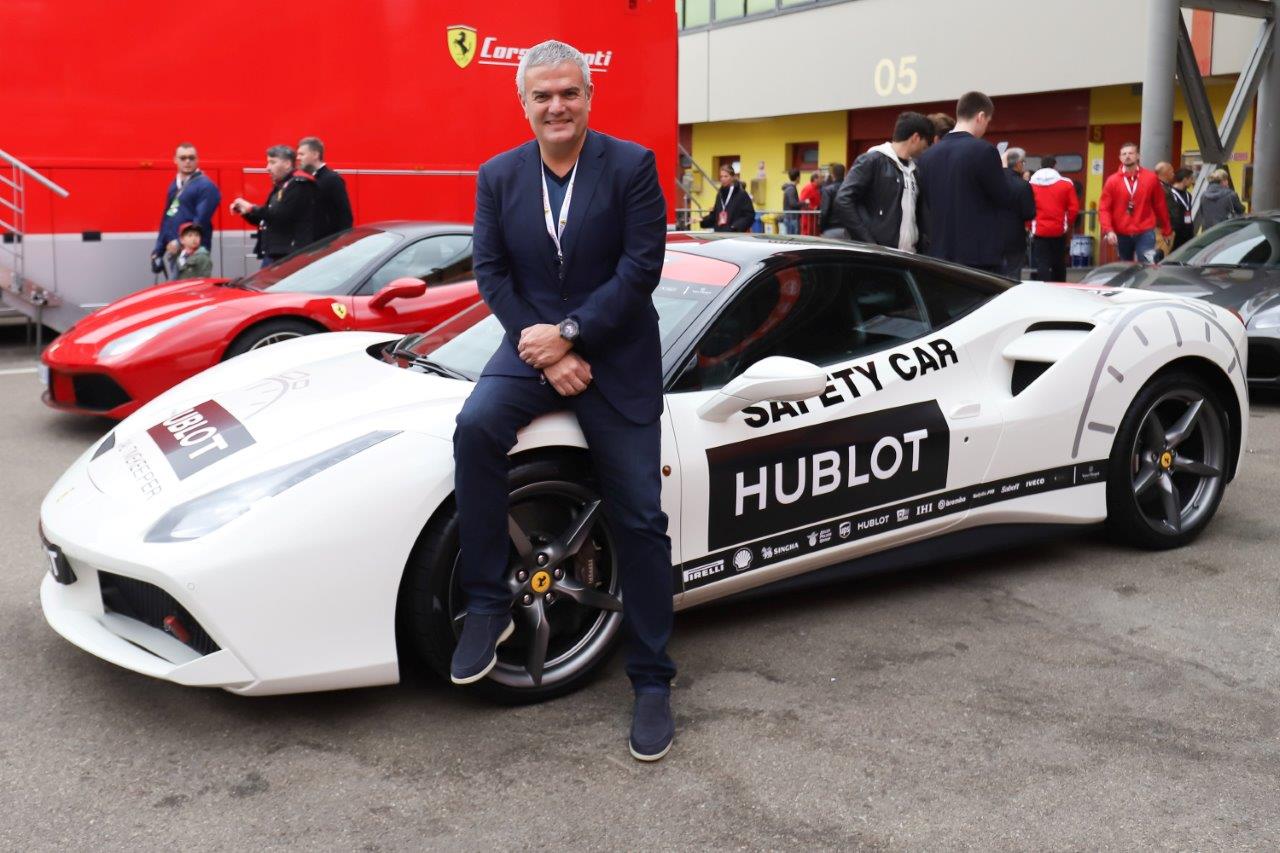
HT: You’re only the third CEO of Hublot in the past forty years, correct?
RG: That’s a good question. In the 24 years before Mr. Biver, I think it was only Carlo Crocco, the founder of the brand. I think so, yeah. That’s it, I had never thought about it like this, so that’s good.
HT: You have been a key player with Hublot for so many years now, what is your favorite part in Hublot history?
RG: The creation of the Big Bang. You know, that was really an incredible challenge and an incredible achievement. Also, the brand was more or less sleeping when Jean-Claude Biver and I got on board and to bring it to new heights, and to sell it to LVMH in 2008 only four years later, that was an incredible achievement. I would say, as an experience, a professional experience, it was also very interesting and motivating.
 SIGN UP
SIGN UP


